What are cyclamen?
Cyclamen are tuberous perennial plants in the family Primulaceae that generally grow in a Mediterranean climate and in nature are geographically, largely, a circum-Mediterranean plant with outliers in Somalia to the south and the southern shores of the Caspian Sea to the east.
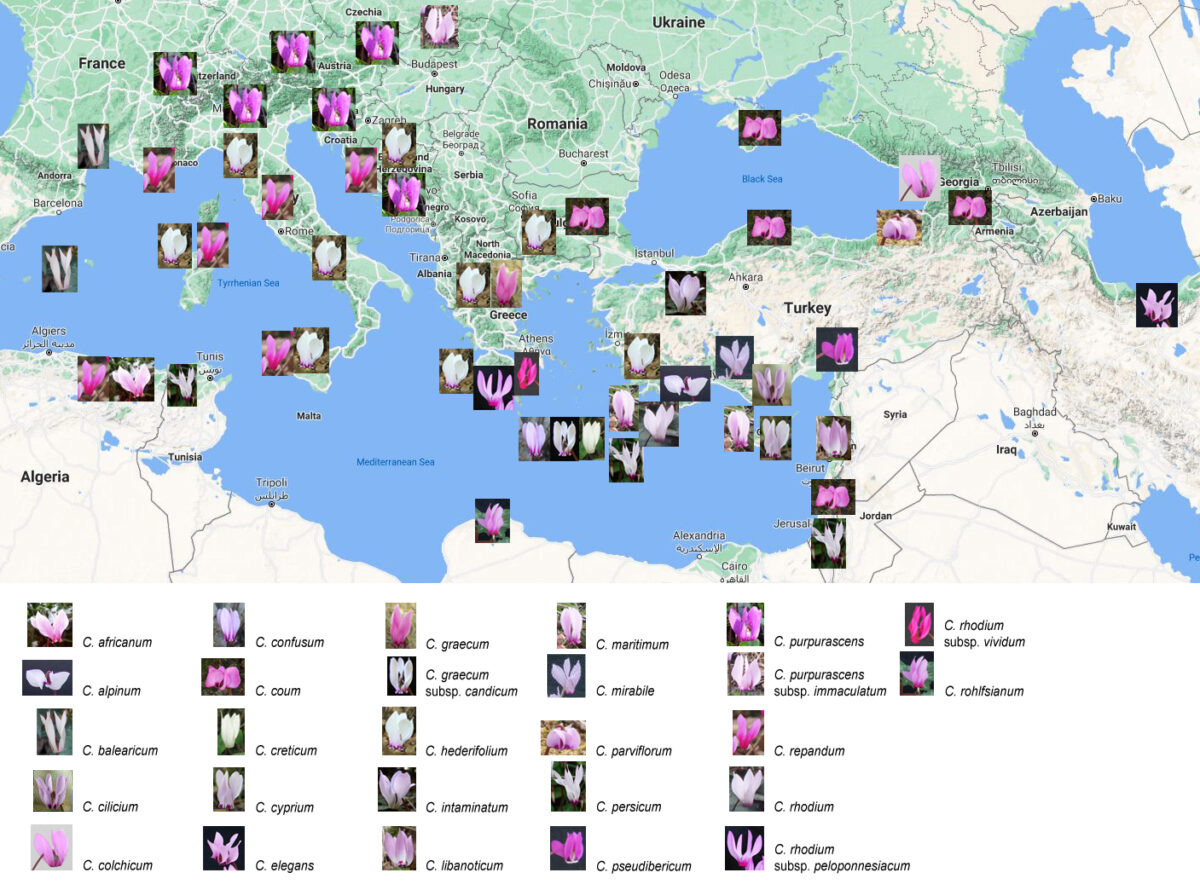
The genus currently comprises 24 species that with the except of just two, are summer dormant plants that flower (depending upon species), between late August and early May.
They grow from sea level to about 1700m (5577ft) in habitats ranging from Beech (Fagus sylvatica) woodland to Mediterranean phrygana, garrigue, maquis and alpine screes. In some habitats they are bathed in moisture, whilst others can be apparently quite dry. Soils can range from very humic woodland soils to terra rossa clays to very gritty/stoney loams or sandy soils. Most species grow in alkaline soils (or over limestone), or just on the acid side of neutral.

Flowers shapes vary from species to species, and range in colour from pure white through numerous shades of pink to red, deep purple or deep magenta. Leaves for many enthusiasts are as desirable as the flowers with some species producing a seemingly endless degree of variation.
In cultivation it is possible to have cyclamen in flower in the garden or greenhouse in every month of the year, with the highly scented Cyclamen purpurascens and C. colchicum providing colour in the summer months.
There are diminutive species that will delight the alpine gardener, as well as bone-hardy spring and autumn flowering cyclamen suitable for the cottage garden or naturalising in woodlands or around shrubs.
The florists cultivars available from garden centres, florist’s shops and DIY stores in a multitude of colours and flower forms, especially in the winter months, provide much needed colour in the either the house or conservatory.
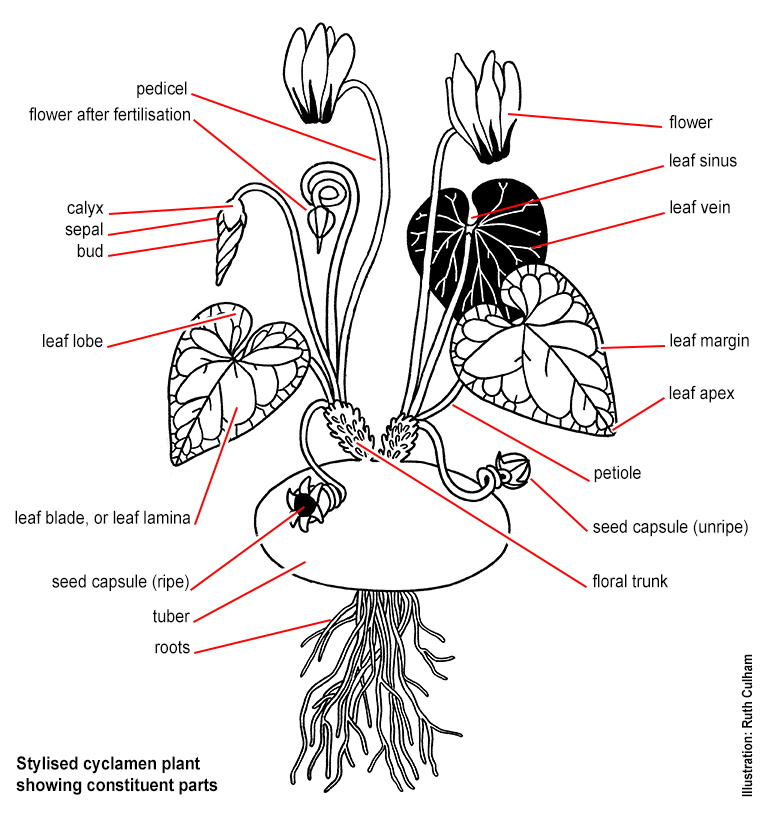
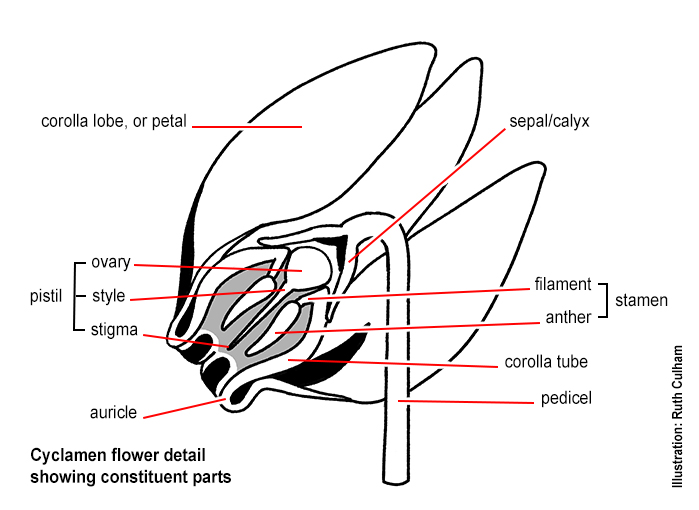
Two diagrams showing the constituent parts of a cyclamen plant, it will be useful to refer to these diagrams when reading the species descriptions.
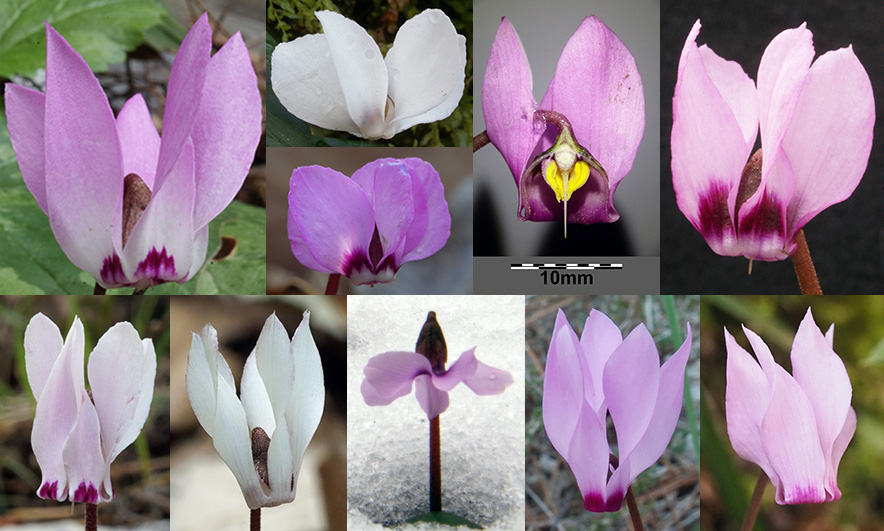
Botanical terms for leaf shapes
As with the latin binomial names for genus and species, the use of botanical terms to describe the shape of leaves is intended to remove any ambiguity that may creep in when looking at different genera or species, and indeed when translating into different languages.
These standard terms have been used throughout this website when considering cyclamen, species by species. It may be helpful to refer to these illustrations when reading the species and cultivar descriptions.
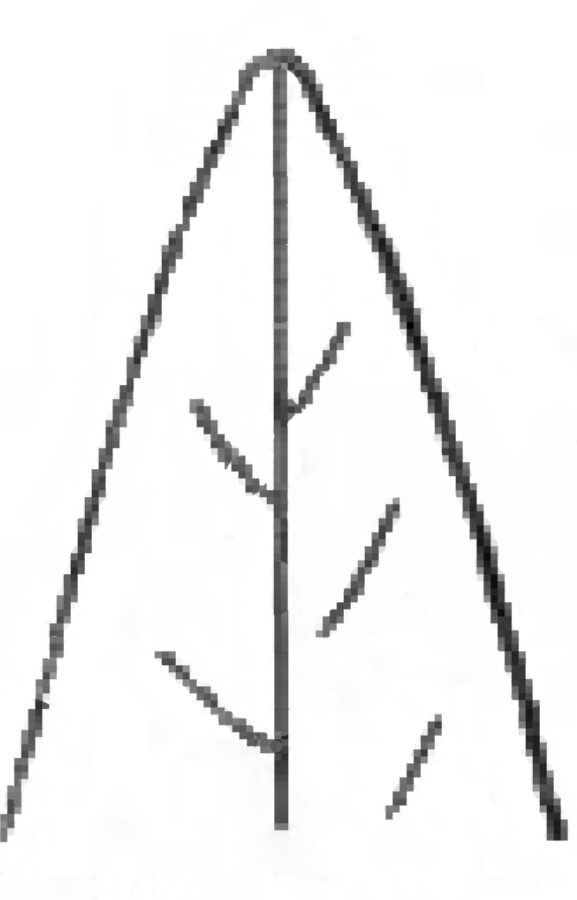
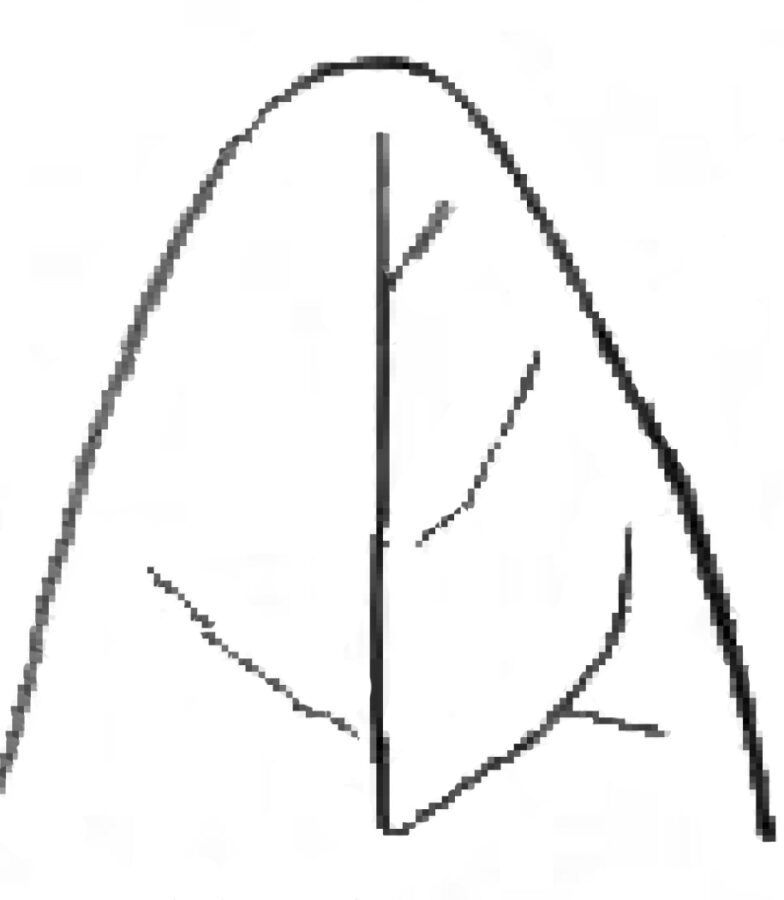
The expression ‘sub-acute’ simply means the apex is less than acute i.e. not so pointed as acute. Similarly ‘sub-orbicular’ would mean not quite round. So ‘sub-‘ essentially means ‘less than’.
Leaf Shapes
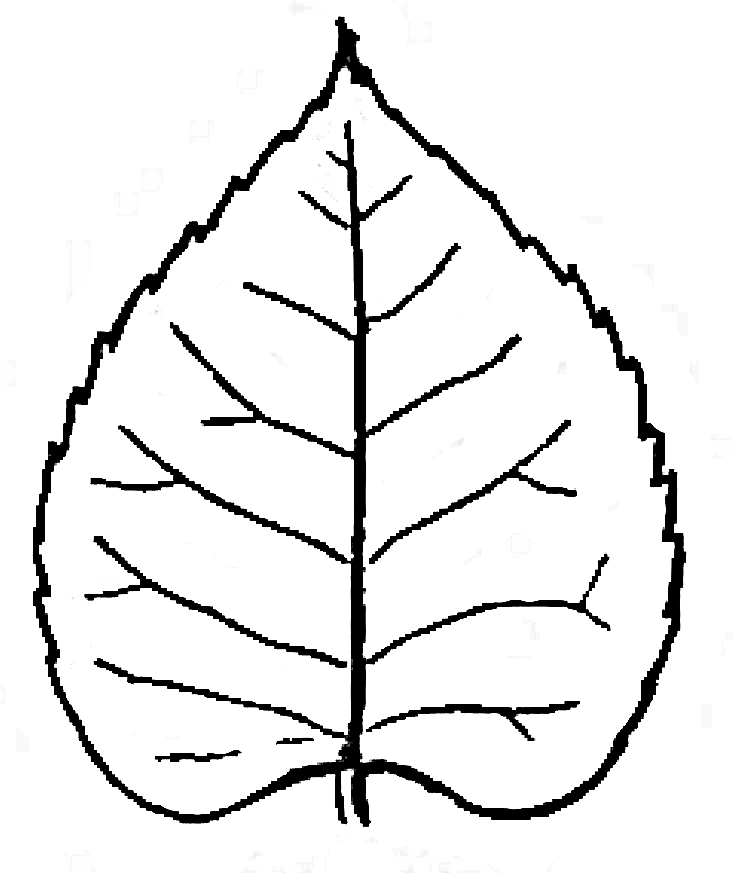
Heart shaped
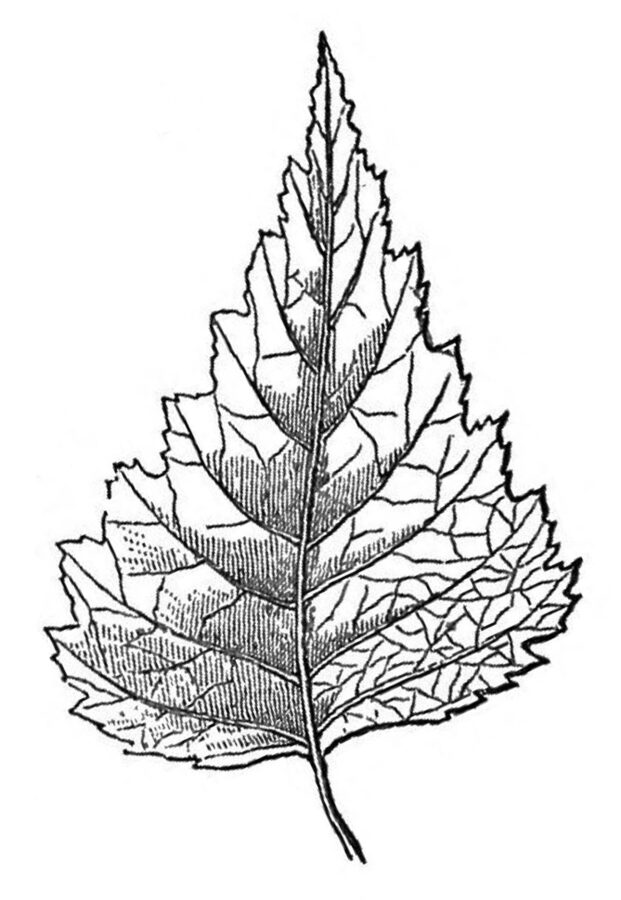
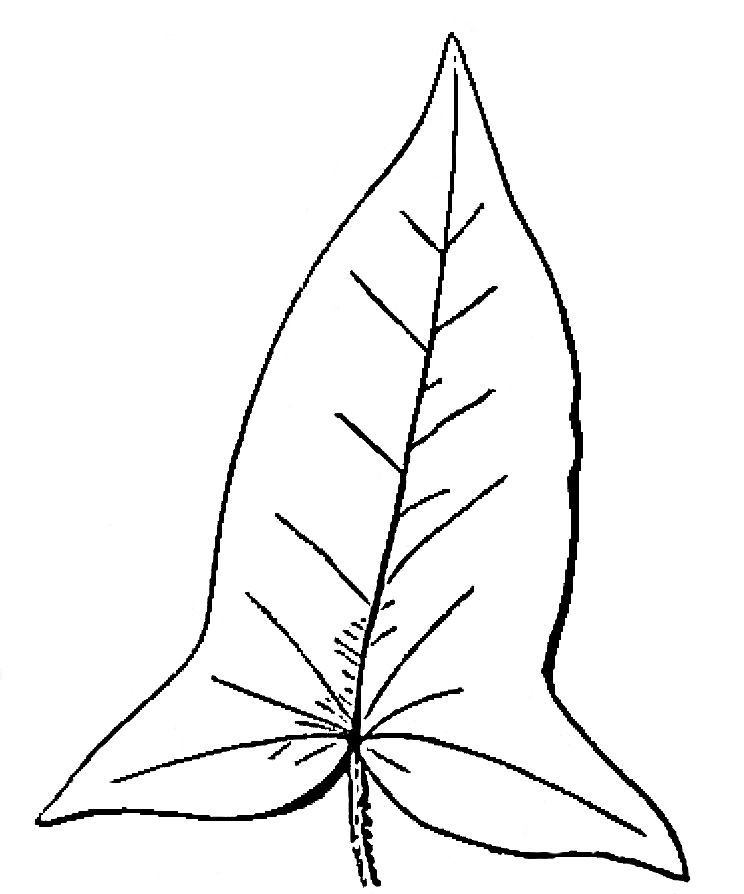
Halberd shaped
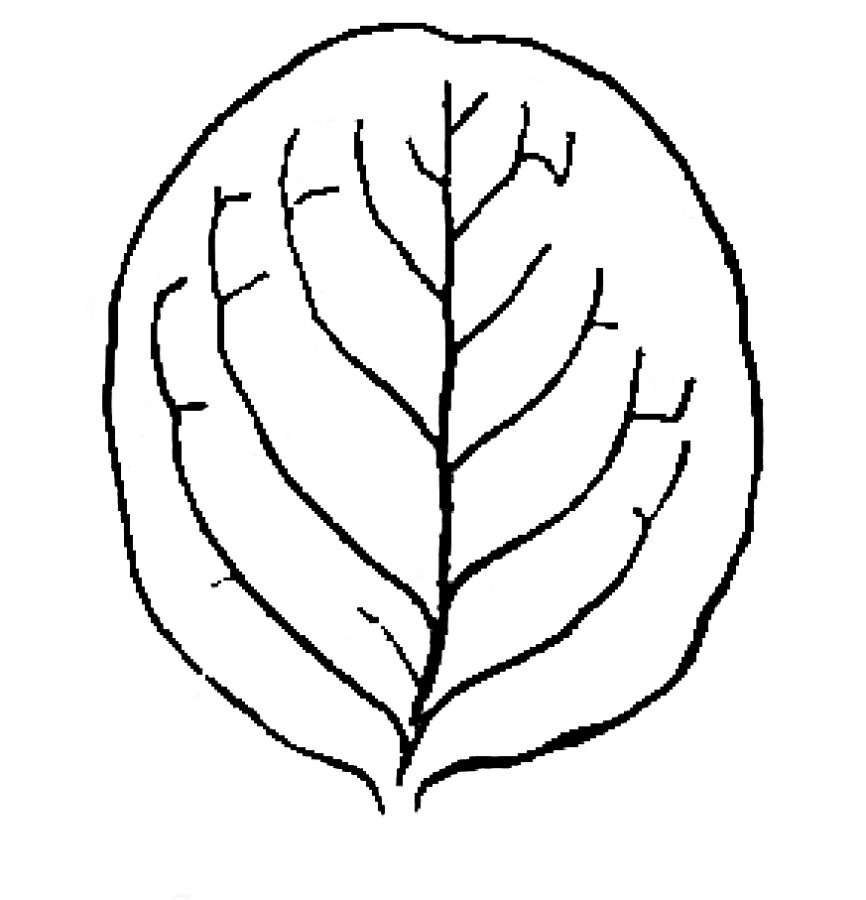
Round, spherical
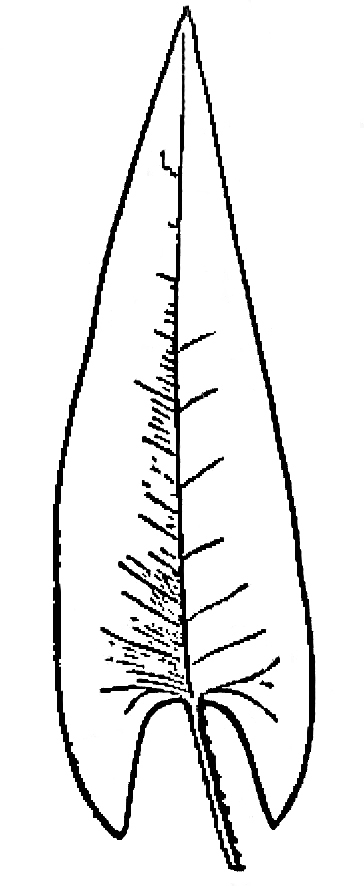
Arrow shaped

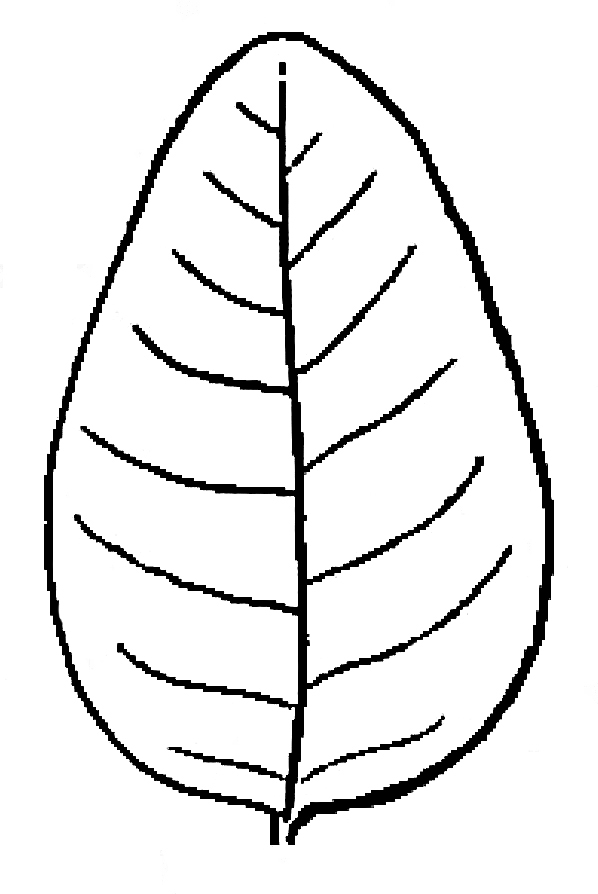
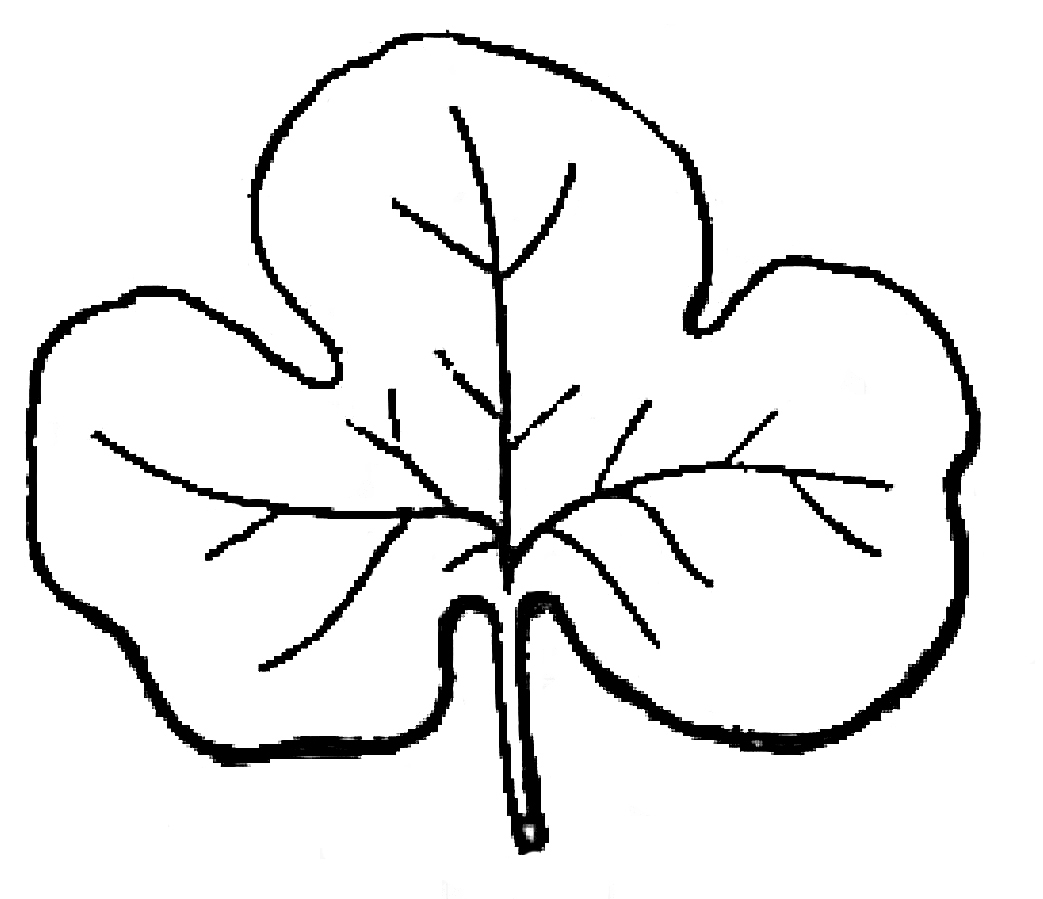

Leaf margins
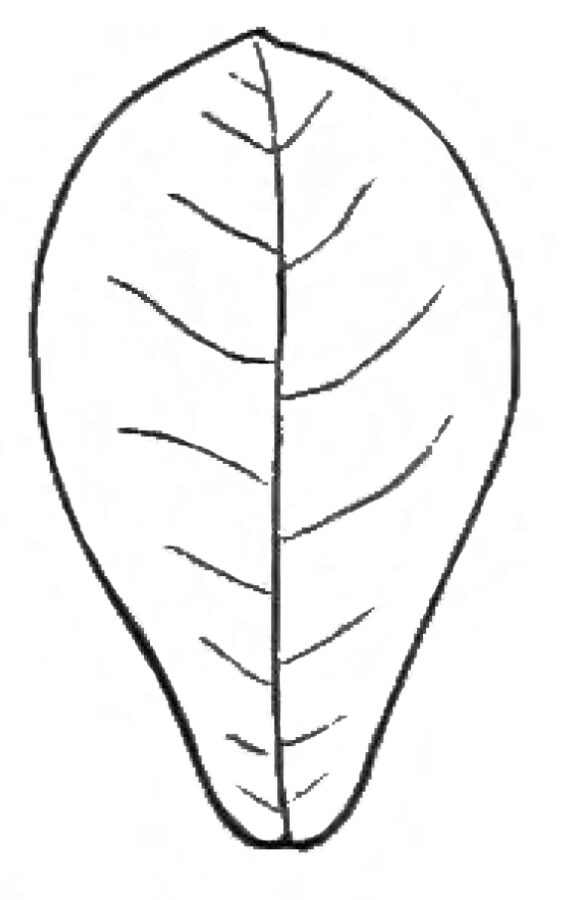
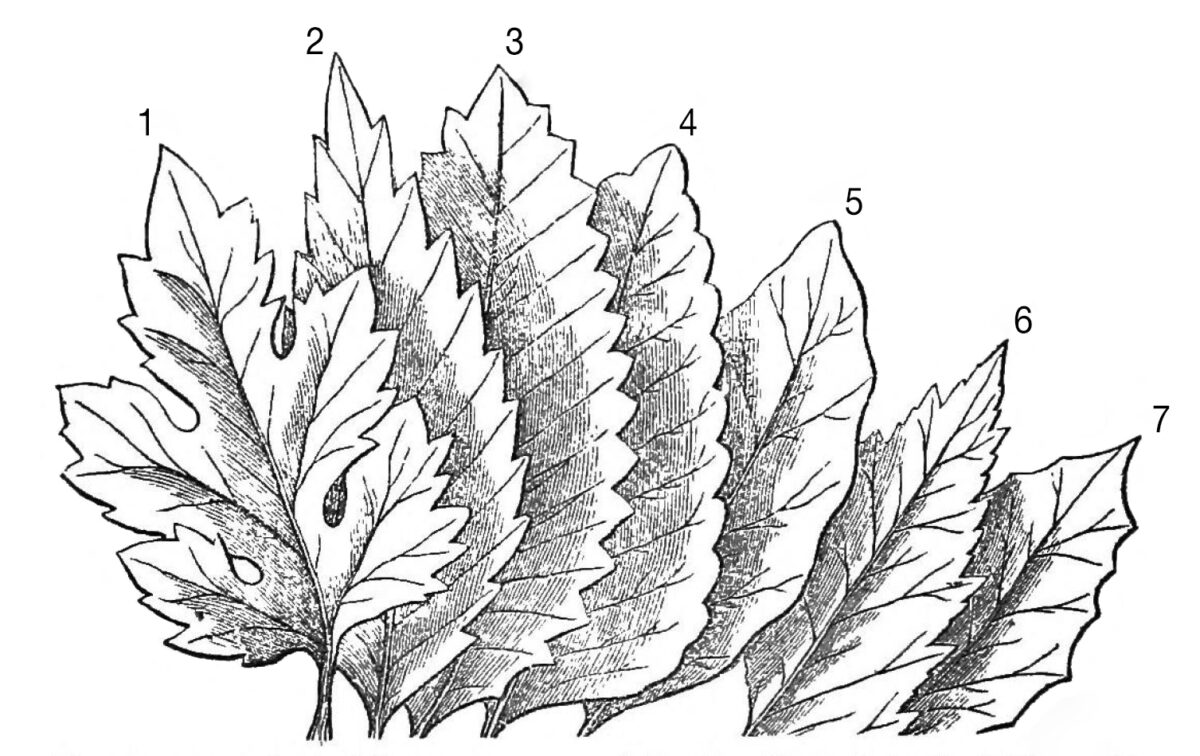
Entire. Smooth sides, without any indentations
1. Lobed. The lobes do not have to be indented or incised in any way.
2. Serrate. Small sharp teeth directed forwards.
3. Dentate. Toothed. Especially applied to teeth not directed forward.
4. Crenate. Scalloped. Rounded teeth.
5. Undulate. Very shallowly wavy.
6. Doubly serrate. With both larger and smaller serrations.
7. Repand or Sinuate. A somewhat stronger wavy margin.
* Map data ©2021 Inst. Geogr. Nacional, Mapa GISrael, GeoBasis-DE/BKG (©2009). Google.
Leaf shape illustrations are from A.S.A. Gray’s 1879 Structural botany.
Leaf margin illustrations are from Alphonso Wood’s 1863 Leaves and flowers, or, Object Lessons in Botany.